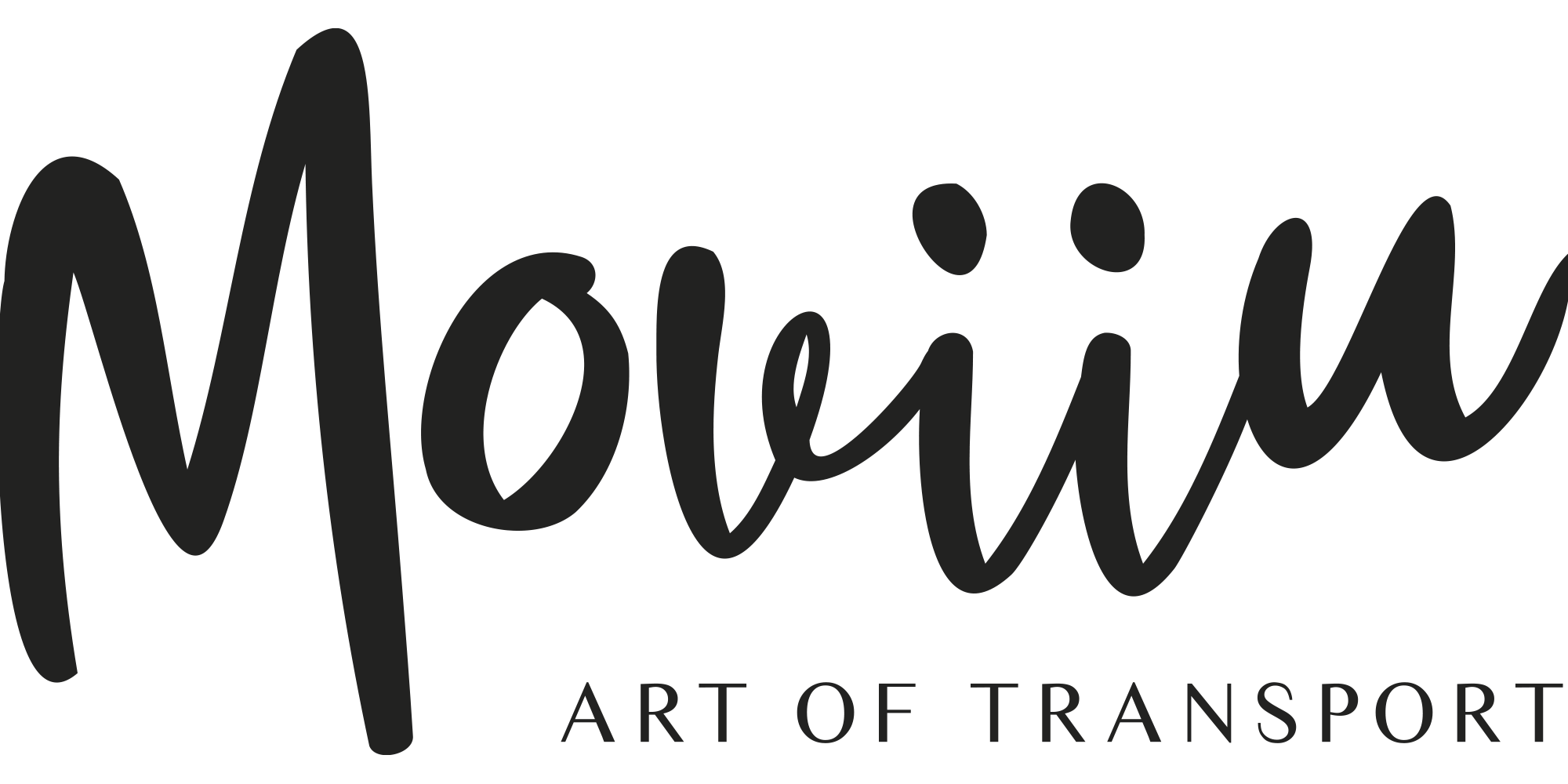Art Handling : Definition

Art handling refers to all physical operations involved in the movement of an artwork, whether during relocation, installation, packing, or transportation. This critical phase of the logistics process requires specialized expertise, as each piece has unique characteristics that demand specific precautions.
Specific aspects of Art handling
Handling is not simply about lifting or moving an object. It involves a deep understanding of the artwork’s nature, fragility, and environment. It often takes place either upstream or downstream of the transport of artworks, with which it forms an essential link in the logistics chain dedicated to the preservation of the pieces.
Sensitivity of materials and structures
Artworks may be made from highly sensitive materials: aged wood, stretched canvas, glass, ceramics, oxidizable metals, etc. Some elements may be unstable, such as fragile frames, unsecured bases, or movable parts. Improper handling can cause irreversible damage.
Adaptation to size and volume
Each artwork has a specific format: some are very large, others extremely small or delicate. Handling must be adapted to the object’s shape and weight, using specialized equipment (straps, trolleys, suction cups, lifts) and trained personnel.
Environmental considerations
Some artworks require strict environmental conditions even during handling: stable temperature, low humidity, no direct light. These factors must be considered from the moment the artwork is moved, especially during transfers between storage, exhibition, or transport.
Best practices in Art handling
Successful handling relies on strict protocols and precise coordination between all parties involved.
Training and expertise of handlers
Professionals in charge of handling are trained in techniques specific to the art sector. They know how to move an artwork without direct contact, how to distribute pressure points, and how to anticipate risks related to the structure or conservation state of the piece.
Use of appropriate equipment
Art handling requires tools designed to minimize vibrations, shocks, and direct contact. These include cotton or nitrile gloves, protective blankets, custom transport crates, and non-contact lifting systems.
Coordination with other logistics phases
Handling is part of a broader process: it must be synchronized with packing, transport, storage, and installation. Poor coordination can compromise the safety of the artwork, even if each step is properly executed on its own.
